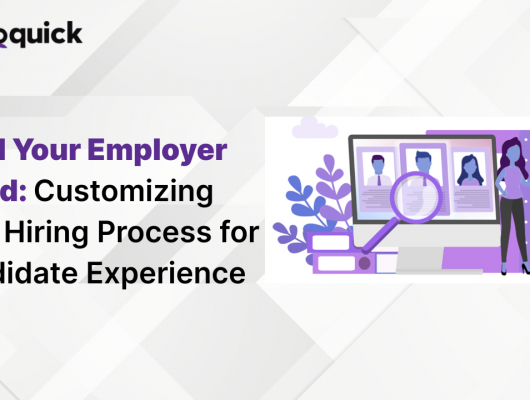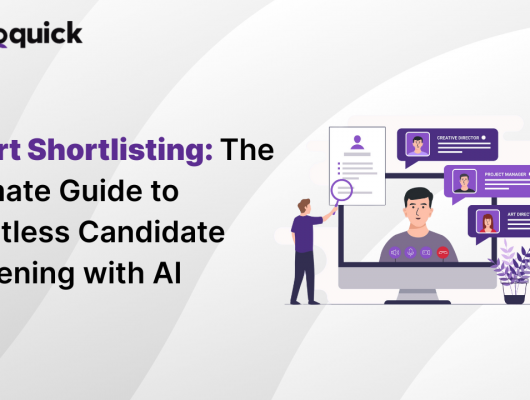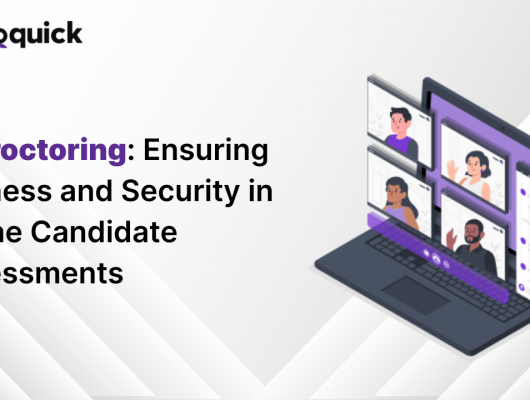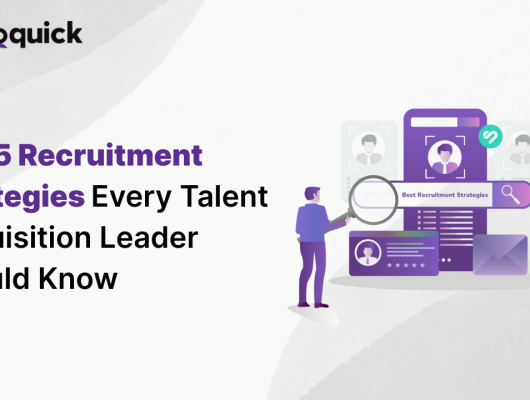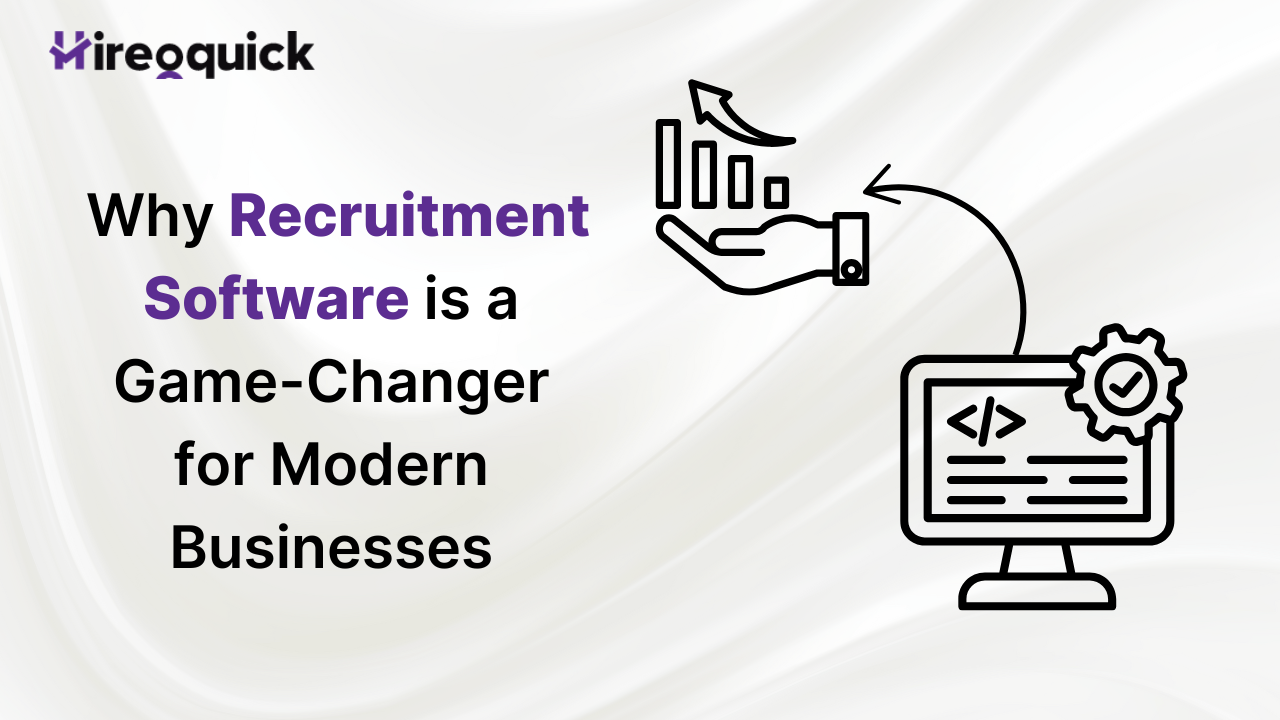
Recruitment is one of the most critical processes for any organization, whether it’s a startup looking to build a dynamic team or a large enterprise striving to scale. The way businesses approach hiring has evolved drastically in recent years. Gone are the days of manual resume sorting, endless interview scheduling, and the time-consuming back-and-forth with candidates. Recruitment software is revolutionizing the hiring process, making it faster, more efficient, and more effective.
The global recruitment software market is booming, with businesses increasingly investing in tools that streamline their hiring processes. According to a report by Grand View Research, the recruitment software market is expected to grow. This growth highlights how essential these tools are for modern businesses looking to stay competitive and attract top talent.
Recruitment software goes far beyond simply posting job listings. It automates tedious tasks, provides valuable insights, and helps HR teams make data-driven decisions. In this blog, we’ll explore why recruitment software is essential for modern businesses and how it can enhance your hiring strategies
Key Challenges in Traditional Recruitment
Before diving into the benefits of recruitment software, it’s important to understand the challenges businesses face when relying on traditional recruitment methods.
Time-Consuming Manual Processes
From posting job ads to screening resumes and scheduling interviews, manual recruitment is a time-consuming process. Recruitment teams often spend hours reviewing resumes, only to find that many candidates are not a good fit. Interview scheduling can be a logistical nightmare as well, with multiple rounds of back-and-forth communication needed to find a convenient time.
Inconsistent Candidate Experience
With traditional recruitment methods, candidates often experience a disjointed and inconsistent process. Candidates may not receive timely updates, and communication may be delayed. This can lead to frustration and ultimately result in a negative impression of your company.
Difficulty in Tracking Candidates
Managing large pools of candidates manually can quickly become overwhelming. Without a centralized system, tracking each candidate’s progress through the recruitment stages can be a challenge, leading to missed opportunities and disorganization.
Limited Analytics and Reporting
Traditional recruitment methods offer little in terms of data analytics. Without clear insights into metrics such as time-to-hire or cost-per-hire, businesses struggle to evaluate the effectiveness of their recruitment strategies. This lack of data can hinder decision-making and improvement efforts.
How Recruitment Software Overcomes Traditional Hiring Challenges
Recruitment software addresses these common challenges by automating manual tasks, improving communication, and providing actionable insights. Here’s how:
Automation for Increased Efficiency
One of the most significant benefits of recruitment software is automation. Tasks like resume screening, candidate communication, and interview scheduling can be automated, freeing up valuable time for HR teams. AI-powered resume parsers can quickly sort through resumes and match candidates to job descriptions based on skills, qualifications, and experience. This reduces the time recruiters spend sifting through resumes manually and ensures that only the most relevant candidates make it to the next stage.
Best Practices:
- Set up automated filters to ensure only qualified candidates are shortlisted.
- Use automated scheduling tools to streamline interview coordination.
- Set up automated reminders and notifications for candidates and interviewers to reduce no-shows.
Enhanced Candidate Experience
With recruitment software, candidates can enjoy a seamless experience. Automated communication ensures that candidates receive timely updates about their application status. AI-driven chatbots can answer questions, provide feedback, and guide candidates through the application process in real time. This keeps candidates engaged and reduces the chances of them losing interest in your open positions.
Best Practices:
- Use automated emails and SMS notifications to confirm applications, interview times, and updates.
- Implement AI chatbots to provide instant responses to candidate queries.
- Keep candidates informed at every stage of the process to maintain a positive experience.
Centralized Candidate Tracking
Recruitment software centralizes candidate information, making it easy for HR teams to track and manage applicants. Every stage of the recruitment process is stored in one place, from resume submissions to interview feedback and final hiring decisions. This ensures that everyone involved in the process has access to the most up-to-date information.
Best Practices:
- Use customizable candidate profiles to store important information about each applicant.
- Enable collaboration features so hiring managers and HR teams can share feedback in real time.
- Maintain an organized candidate pipeline to ensure no candidates fall through the cracks.
Data-Driven Decisions with Analytics
Recruitment software comes equipped with powerful reporting and analytics tools that allow businesses to track and measure the effectiveness of their hiring strategies. Metrics like time-to-hire, cost-per-hire, and candidate source can be analyzed to identify trends and areas for improvement. These insights enable businesses to optimize their recruitment processes and make data-driven decisions.
Best Practices:
- Regularly review key metrics to identify areas of improvement.
- Use analytics to refine your recruitment strategies and focus on the most effective channels.
- Track your recruitment KPIs and set goals to improve them over time.
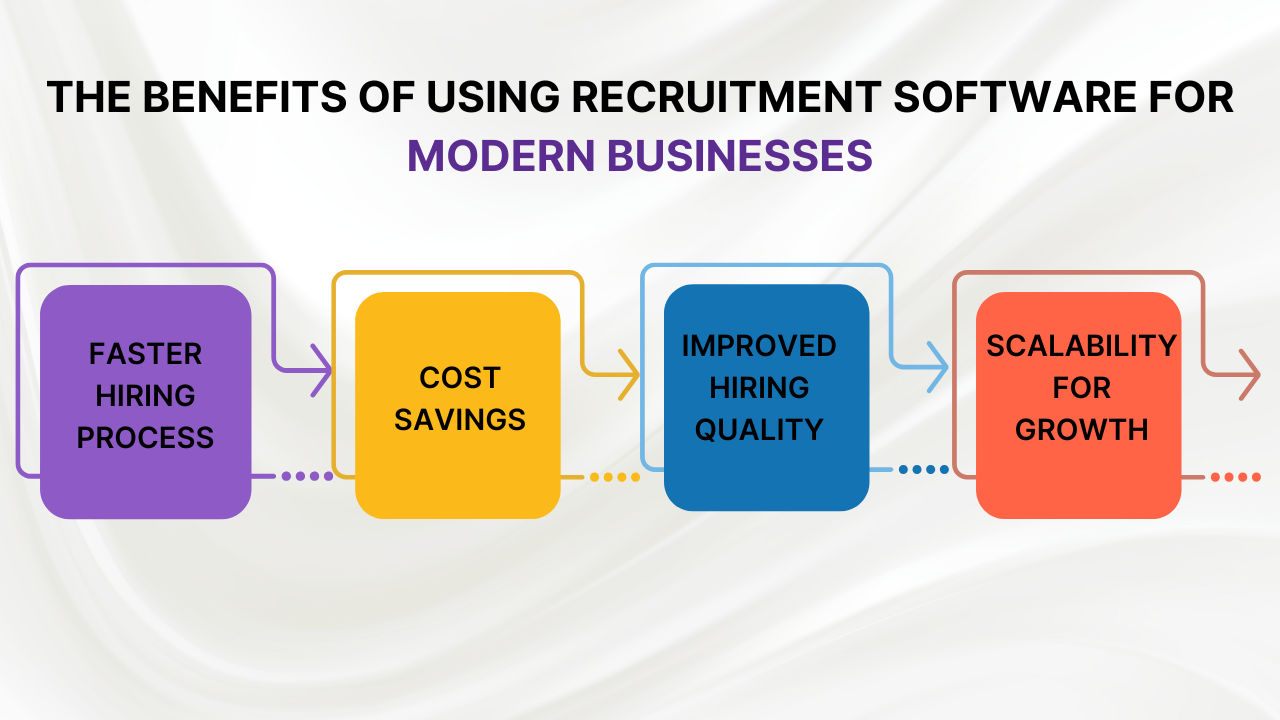
The Benefits of Using Recruitment Software for Modern Businesses
Now that we understand how recruitment software addresses traditional challenges, let’s take a closer look at the specific benefits it offers to modern businesses.
Faster Hiring Process
With recruitment software automating key tasks and streamlining communication, the hiring process becomes much faster. Recruiters can quickly review resumes, schedule interviews, and keep candidates engaged throughout the process. This results in faster hiring, reducing the risk of losing top candidates to competitors.
Cost Savings
While the initial investment in recruitment software may seem high, the long-term savings are significant. By automating time-consuming tasks, HR teams can focus on higher-value activities such as candidate engagement and strategic planning. Additionally, faster hiring reduces the need for temporary staffing or agency fees.
Improved Hiring Quality
Recruitment software helps ensure that only the most qualified candidates make it through the hiring process. With AI-powered screening tools, recruiters can quickly identify the best fits for a role. This leads to better hiring decisions, which ultimately improves employee retention and performance.
Scalability for Growth
As your business grows, your hiring needs will likely increase. Recruitment software allows you to scale your hiring efforts efficiently. Whether you need to hire one person or 100, these platforms provide the tools to manage large candidate pools and streamline the recruitment process without sacrificing quality.
HireOquick: The Ultimate Solution for Streamlined Recruitment
For businesses looking to maximize the potential of recruitment software, HireOquick is a comprehensive solution that combines automation, AI, and seamless integrations to simplify every step of the hiring process.
Why HireOquick Stands Out
HireOquick offers a wide range of features that can significantly enhance your recruitment process:
- AI-powered resume parsing to quickly screen resumes and match candidates to job descriptions.
- Automated interview scheduling to eliminate scheduling conflicts and save time.
- Real-time candidate tracking so HR teams can stay on top of every applicant’s progress.
- Integrated reporting tools to measure hiring success and make data-driven decisions
By leveraging HireOquick, you can streamline your recruitment process, reduce time-to-hire, and improve the quality of your hires.
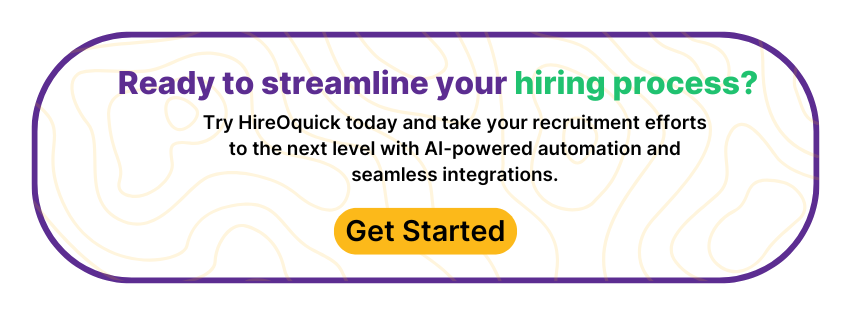
Best Practices for Integrating Recruitment Software
To fully reap the benefits of recruitment software, it’s important to integrate it effectively into your recruitment strategy. Here are some tips for getting the most out of your software:
Align the Software with Your Recruitment Goals
Before you implement recruitment software, set clear goals for what you want to achieve. Whether it’s reducing time-to-hire, improving candidate quality, or enhancing the candidate experience, aligning your software with your recruitment objectives will help you maximize its potential.
Train Your HR Team
Ensure that your HR tech team is fully trained in using the software. Provide training sessions, documentation, and resources to ensure everyone is comfortable using the platform. A well-trained team will be able to use the software effectively and efficiently.
Regularly Review and Optimize
Recruitment is an ongoing process, and so is the optimization of your recruitment software. Regularly review performance metrics, update job descriptions, and fine-tune your automation rules to ensure that the software is continuously aligned with your business needs.
Conclusion
In the competitive world of talent acquisition, recruitment software is no longer just a luxury—it’s a necessity. By automating manual tasks, improving communication, and providing valuable data-driven insights, recruitment software can help businesses streamline their hiring processes, save time, and make smarter, more informed hiring decisions.
Platforms like HireOquick provide a comprehensive solution that combines AI and automation to optimize every step of your recruitment process, from posting jobs to onboarding new hires. Embrace the power of recruitment software and watch your business attract, hire, and retain top talent more efficiently.

